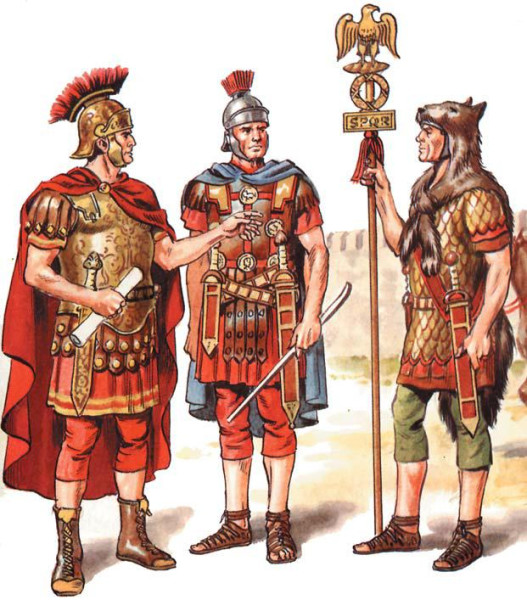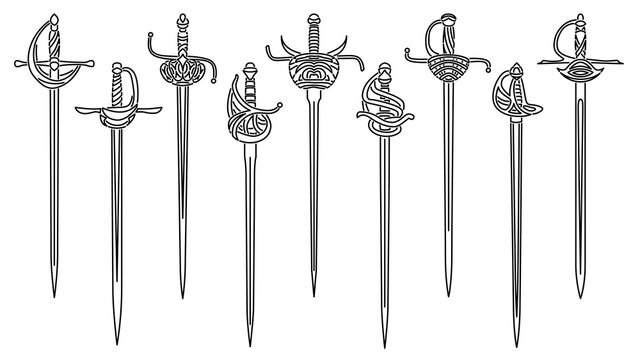How did Vikings dress? Clothing in the Viking Age
The popular image of Vikings is often limited to horned helmets (which they never actually wore) and rough furs. However, the reality is much more interesting and complex. Clothing in the Viking Age (approximately 793 to 1066 AD) not only served a practical purpose for surviving the Northern European climate, but also reflected the social status, gender, and cultural identity of those who wore it.
Below, we tell you what Viking men and women really dressed like, based on archaeological discoveries and historical studies.
 |
 |

|
Materials and manufacturing
Most Viking garments were made of wool and linen, two widely available materials suitable for the Scandinavian climate.
-
Wool: Obtained from local sheep, it was warm, water-resistant, and easily dyed.
-
Linen: Produced from the flax plant, it was used for underwear because it was softer and cooler.
-
Skins and leather: Used mainly for capes, footwear, belts and coats, especially among the less well-off classes or in colder climates.
Women were responsible for spinning, weaving, and sewing the clothing. The fabrics were made on vertical looms, and the construction included techniques such as nålbinding (a type of needlework that predated crochet).
This Viking Age wool tunic is great!
Men's clothing
Viking men dressed in layers and functional clothing for work, navigation, and combat.
-
Tunic (kyrtill): Made of wool or linen, it reached the thighs or knees. It usually had long sleeves and was decorated around the edges if the wearer was of upper class.
-
Trousers or pants: They could be tight or loose, and were often held up with strips of cloth or ribbons.
-
Cloak (mantel): Usually made of wool, it was held with a brooch or fibula over one shoulder.
-
Belt: Important for hanging bags, knives or tools.
-
Shoes: Leather, handmade, with stitched or turned-up soles.
Men of higher status might wear more intense colors (such as red, blue, or purple), embroidery, silver brooches, or even items imported from other cultures.
Women's clothing
Women also dressed in layers, with garments that combined functionality, modesty and aesthetics.
-
Inner tunic (särk): Made of linen, fitted to the body.
-
Outer tunic or smock dress (smokkr): Wool, apron-style, held up by straps attached with oval brooches or clasps at the chest.
-
Cape or shawl: Similar to men's, for shelter.
-
Belt: As with men, it was used to carry everyday objects.
-
Headscarf or headdress: Some women covered their hair with headscarves or bands.
Adornments such as glass beads, charms, and pendants were common and sometimes hung between breastplates. Upper-class women might have silver or even gold jewelry.
Colors and decoration
Contrary to the stereotype of dull, gray clothing, Vikings wore vibrant colors. Archaeological evidence shows natural dyes such as:
-
Red (blonde roots)
-
Blue (indigo or pastel)
-
Yellow (mitseda)
-
Green (mixtures of blue and yellow)
-
Brown and black (natural dyes from bark or earth)
Decoration included embroidery, decorative fabrics (tablet weaving) and metal applications in the case of the elites.
This women's Viking coat is great
Archaeological sources
The information we have today comes from findings in tombs and sites such as:
-
Birka (Sweden): Famous for its richly decorated burials.
-
Oseberg (Norway): Grave of two noblewomen with very well-preserved textile objects.
-
Hedeby (Germany): An ancient Viking port where remains of textile workshops were found.
In addition, Icelandic sagas, Arabic sources (such as those of Ahmad Ibn Fadlan) and representations in stone carvings and tapestries complement the knowledge about their clothing.
Viking clothing was much more than functional: it reflected the climate, technology, culture, and social status of those who wore it. Thanks to archaeology and interdisciplinary research, we can now debunk myths and gain a more realistic and human image of these Norse peoples.









